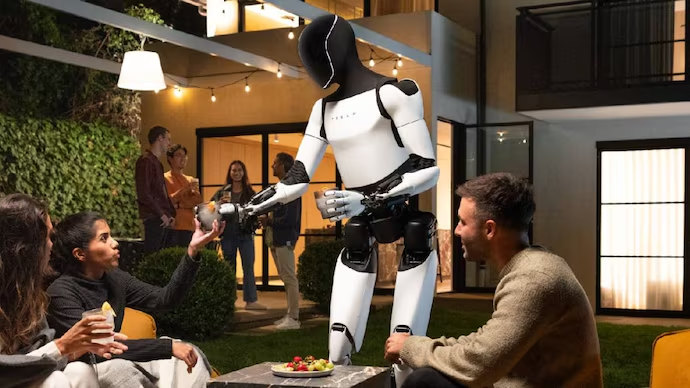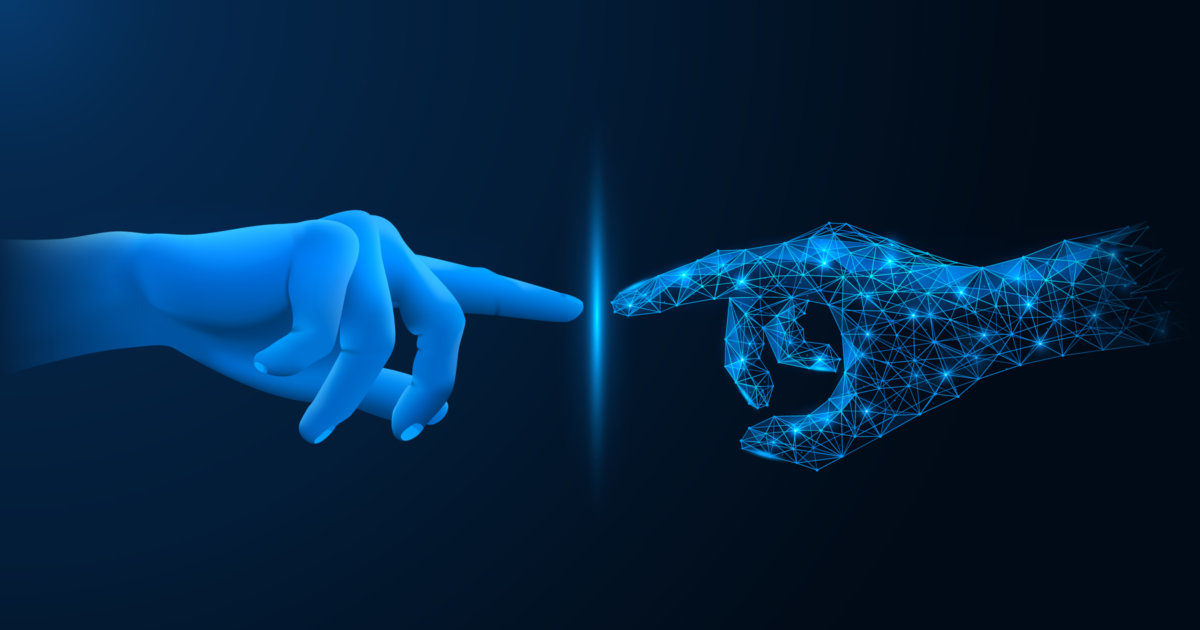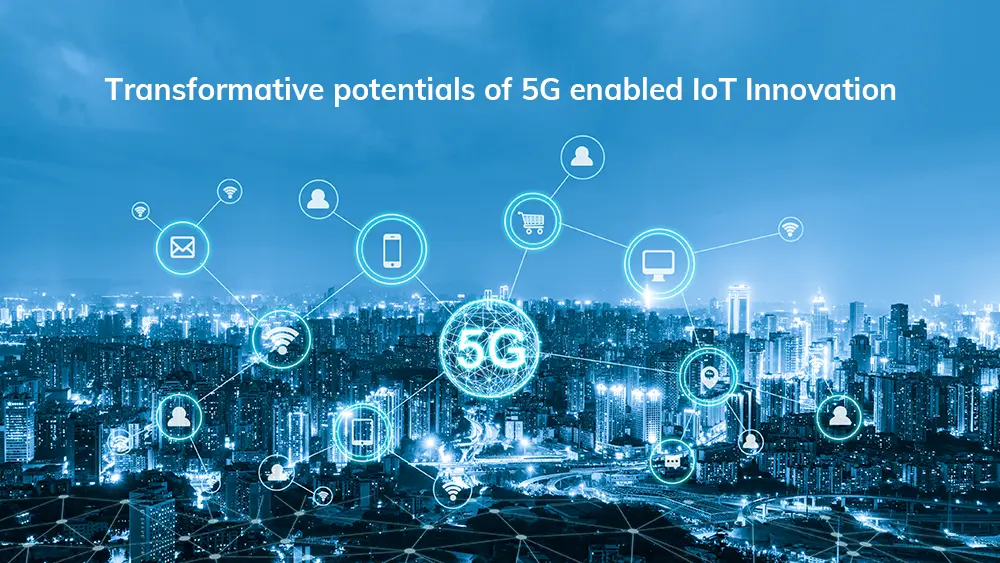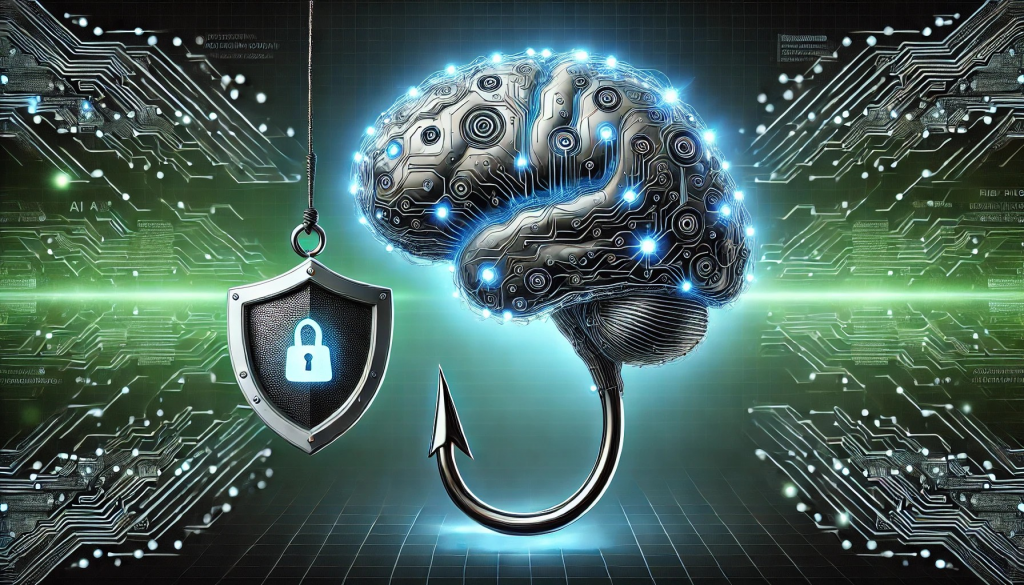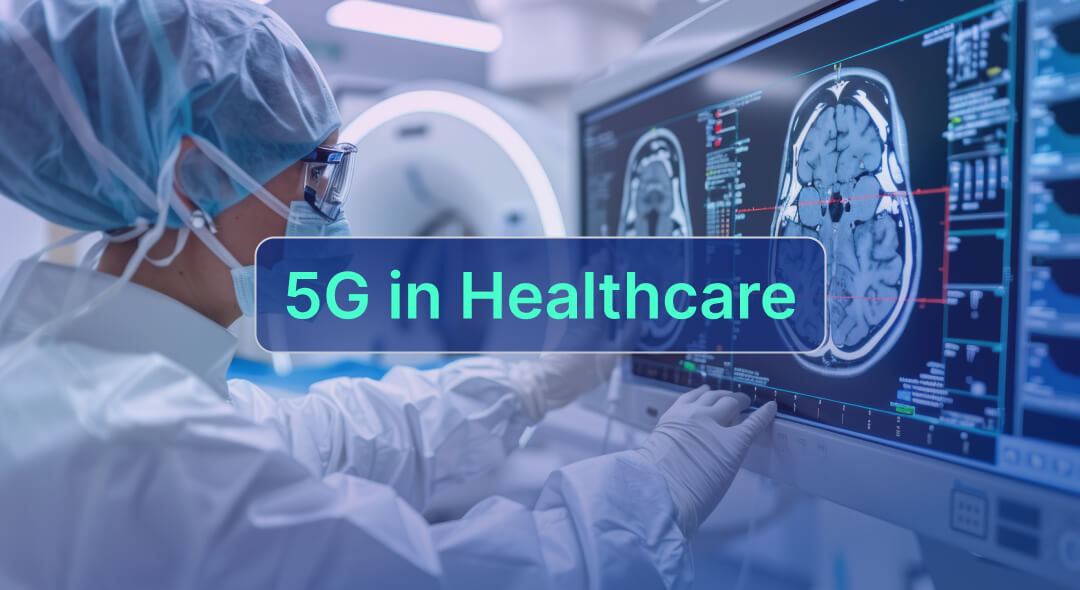justineanweiler.com – Tesla’s Optimus robot, also known as the Tesla Bot, represents one of the company’s most ambitious projects aimed at revolutionizing both the industrial and personal robotics sectors. Unveiled by Elon Musk in 2021, Optimus is designed to handle mundane and repetitive tasks, alleviating human labor while leveraging Tesla’s expertise in AI, electric vehicles, and battery technology. Here’s a deep dive into what makes Optimus so groundbreaking and its potential impact on various industries.
Vision and Purpose
Optimus is being developed to assist with tasks that are repetitive, dangerous, or undesirable for humans. Tesla envisions these humanoid robots working in factories, helping with assembly lines, and eventually making their way into homes for everyday tasks. From grocery shopping to house cleaning, the Optimus robot could become a ubiquitous part of life.
Elon Musk believes that Optimus has the potential to outshine even Tesla’s automotive achievements in the long run. He speculates that the demand for Optimus could reach tens of billions of units, suggesting a far-reaching impact on the economy and daily life
Key Features and Design
Optimus is designed to mimic human form and functionality. Standing about 5’8” tall and weighing around 125 pounds, the robot is intentionally built to be non-threatening and manageable by an average adult. Tesla has equipped Optimus with some standout features:
- Advanced AI: Tesla’s advancements in artificial intelligence, developed primarily for self-driving cars, form the backbone of Optimus’ capabilities. The robot can navigate spaces, recognize objects, and interact with its environment autonomously.
- Actuators and Sensors: Optimus has cutting-edge actuators and sensors that allow it to walk, pick up objects, and even balance itself while performing complex tasks such as squats. The Gen 2 model has further enhancements in terms of speed, balance, and weight, making it more efficient for practical applications
- Human-Like Hands: One of the most challenging aspects of humanoid robots is replicating the dexterity of human hands. Tesla has made significant progress with Optimus’ hands, which are capable of handling delicate objects while also being strong enough for heavy lifting
Industrial Applications
Tesla’s immediate plan for Optimus is to deploy it in its own factories, where the robot can handle routine tasks like moving materials, assembling parts, or working in environments that may not be safe for humans. This could streamline manufacturing processes and reduce labor costs dramatically.
Tesla’s extensive knowledge of electric motors, battery systems, and AI allows Optimus to be more energy-efficient and adaptable than existing robotic solutions. For example, Optimus Gen 2 is reportedly able to move faster and carry out tasks with greater balance and precision compared to earlier prototypes
Challenges and Skepticism
Despite its potential, Tesla’s Optimus has faced some skepticism. The initial reveal included a human dancer in a robot suit, which led many to question the seriousness of the project. Moreover, the broader robotics industry has struggled for decades to produce a commercially viable humanoid robot. Many believe that true AI functionality, particularly in unstructured environments, is still years away from becoming practical.
However, Tesla’s AI progress with its Full Self-Driving (FSD) program provides a strong foundation for Optimus. While there are still hurdles to overcome—particularly with AI learning and adaptability—the advancements seen in the latest prototypes are promising
Future Potential
Elon Musk’s vision for Optimus goes beyond industrial applications. He predicts that once the robot proves itself in Tesla’s own factories, it will be marketed for widespread use in households and businesses. Optimus could eventually replace human labor in sectors like logistics, elder care, retail, and more. Musk has even gone as far as to suggest that Optimus could play a role in tackling labor shortages and improving overall economic productivity.
Optimus’ potential is limitless. If it succeeds, it could revolutionize how we live and work by reducing the need for human labor in various fields, from manufacturing to household chores. The widespread adoption of Optimus could drive down costs in industries reliant on labor, leading to new economic models and a redefinition of human work
Conclusion
Tesla’s Optimus humanoid robot stands as a testament to the company’s drive for innovation. Though still in development, it represents a bold step into the future of robotics and AI, with the potential to reshape industries and daily life. While there are challenges ahead, the progress made with Optimus Gen 2 shows that Tesla is well on its way to realizing this futuristic vision. Whether in factories or homes, Optimus may one day be a part of our daily lives, fulfilling tasks once reserved for human hands.

